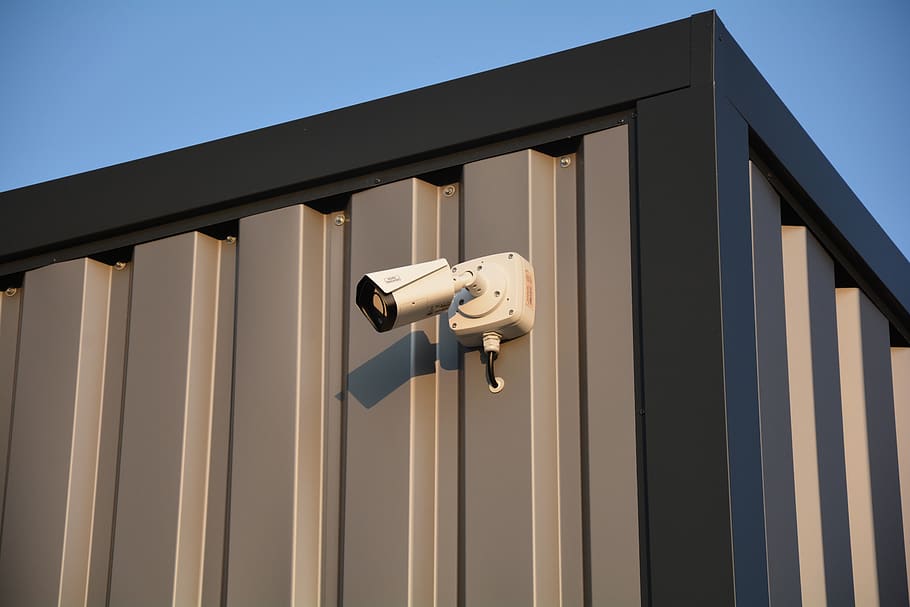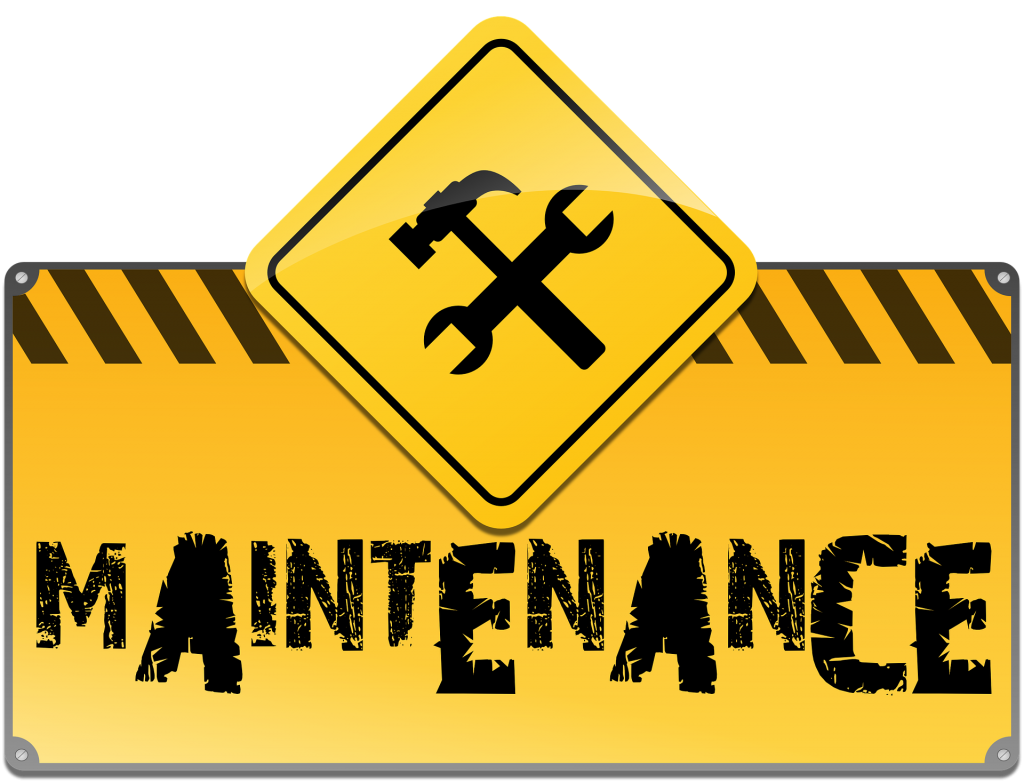We’ve created several posts detailing the importance of surveillance systems. Out of all the security measures business owners take, installing cameras ranks among the most effective. Locks, burglar alarms, access control systems, and other security measures all certainly have their place. However, these measures rarely lead to the arrest of burglars or vandals. By creating and storing video of your property, cameras allow you to keep an eye on your business at all times. This greatly increases the chances of solving any crime. Furthermore, it can help catch potential thieves scouting out your location before a crime takes place. Unfortunately, many business owners find themselves unsatisfied with their camera footage when they need it most. In this post, we share some tips for effective surveillance system installation to help you avoid this fate.
We will begin by describing some installation mistakes regarding wiring. Bad wiring can render cameras completely useless, and we see it at many locations. From there, we will focus on choosing the right type and amount of cameras for your location. We will also share some tips on making sure your cameras work when you need them. Something as simple as a power outage can make cameras useless if the proper precautions are not taken. Finally, we will discuss the importance of keeping your cameras maintained and in working order. Let’s get started with a focus on the do’s and don’ts of camera wiring.

Running camera wiring incorrectly can lead to your cameras failing you when you need them most.
Improperly Running Wires
Commercial-grade surveillance systems generally require wiring from a recorder to the various cameras on the system. As we pointed out in our post on DIY Camera Systems vs. Professional Surveillance Cameras, occasionally people who are unqualified for installing surveillance take on this task. This can lead to cameras failing to receive consistent power from their wiring. Furthermore, there is a long list of potential wiring issues during camera installation.
For example, using indoor-rated wiring outdoors can cause issues when extreme temperatures or bad weather arrive. Also, allowing wires to stay exposed can also increase the risk of a camera failure. Failing to create the proper connections between wiring and cameras can lead to issues either quickly or further down the road. Finally, companies who install camera wiring the right way always pull the proper permits. This leads to a visit from the local electrical inspector to determine that wiring has been run in a legal and proper manner. Poorly-run wiring surely ranks as one of the most common surveillance system installation mistakes that we come across. Now, let’s look at how installing the wrong number of cameras can decrease your security.
Installing an Insufficient Amount of Cameras
Business owners generally have a pretty good idea of what they want to see when we visit them to design surveillance systems. However, installing systems without working with a security company can often lead to insufficient coverage. We take many factors into account when creating a commercial camera system. For example, how can we best aim and locate cameras to eliminate dead spots? Do we need more than one camera to effectively monitor a large area? How far will the cameras we install see at night?
Failing to think about these factors up front can lead to issues. Parking lot cameras provide a useful example. Oftentimes, business owners can “see” their entire parking lot with one camera. However, an incident at the far reaches of a camera’s vision may reveal limitations in the surveillance system design. If an incident looks too small or out-of-focus to determine exactly what happened, this often indicates insufficient camera coverage. Likewise, a nighttime incident that would have been within a camera’s range during the day may not look sharp enough at night. More often than not, having another camera or two closer to the incident’s location would have helped in both of these cases. In addition to installing too few cameras, installing the wrong cameras also lowers security. Let’s look at how to avoid this fate.
Choosing the Wrong Camera for the Job
Luckily for surveillance customers, manufacturers have created cameras for almost every possible application. Unfortunately, this can also lead to confusion in choosing the proper cameras for a job. For example, installing an indoor-rated camera outdoors can lead to weather-related issues shortly after installation. Not every camera was built to be installed in areas exposed to the weather. Additionally, cameras differ in how they react to factors such as environments with little or no light, or even extreme light in some cases.

Choosing the right camera for your application will help make your cameras effective, especially when installing exterior cameras.
Finally, cameras vary greatly in how far they are designed to see. For example, some customers want to view the area right in front of a camera. Others wish to see areas 100 feet away from a camera’s location, or even more. Camera manufacturers create different types of lenses that can accomplish each of these goals. Therefore, choosing a camera with the wrong type of lens can leave customers unhappy with what they see after installation. Next, let’s look at an easy-to-address, yet still quite common, mistake that many people make during surveillance system installation!
Failing to Plan for Power Outages
As electronic security devices, losing power can render cameras completely useless. Unfortunately, many business owners fail to account for this possibility during their surveillance system designing. We encourage customers to create a plan for power outages that keeps their cameras up and running at all times. Taking simple steps can go a long way. For example, plugging recorders and power supplies into an Uninterruptible Power Supply (or UPS) can provide hours of backup power for camera systems. As an even more robust measure against power outages, plugging a UPS into a generator can keep cameras powered until the generator kicks in and continues to power your cameras during an outage. Now, let’s look at one more common surveillance system-related mistake that you should avoid!
Skipping out on Regular Camera Maintenance
Many customers take a “set it and forget it” approach to security equipment installation. Once in place, security devices often receive very little attention going forward. Unfortunately, this can lead to issues down the road. This is especially true with cameras, which often only get viewed only after criminal activity occurs onsite. We recommend that users regularly check on their cameras’ picture quality and clean them when necessary. Something as little as a spider web can ruin a camera’s picture when you need it most.

Failing to maintain cameras can cause their effectiveness to wane over time.
Furthermore, we recommend looking back at recorded footage to ensure that cameras record properly. Occasionally, cameras that look good while viewing live footage fail to record as a result of either equipment malfunctions or camera users mistakenly changing the recording settings. We also offer service plans for commercial surveillance customers. These plans include an annual inspection of your surveillance equipment, as well as exchanging any parts that need replacing either during our inspection or at any time new parts are needed. Taking advantage of these plans helps our customers know that their cameras will come through if an incident does occur.
Ensuring an Effective Surveillance System Installation
We hope that this post will help you create an effective camera system. Please don’t hesitate to contact us with any questions you might have about this post. We will happily answer any questions about commercial surveillance. Additionally, we provide free site surveys for both new and existing customers. While on site, we can address any areas of your business that you wish to monitor with cameras. Furthermore, we can make our own recommendations based on what we see. Together, we can design and install a surveillance system that effectively monitors your property at all times!
Feature Photo Credit. Mike Mozart on flickr. Used under the CC BY 2.0 License.
